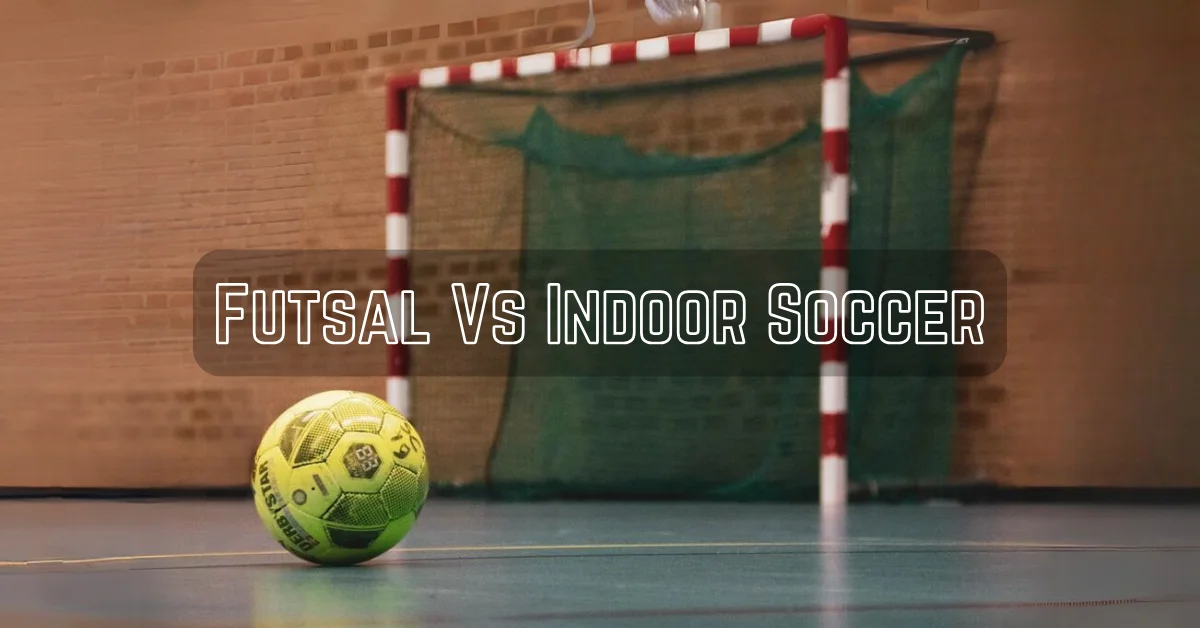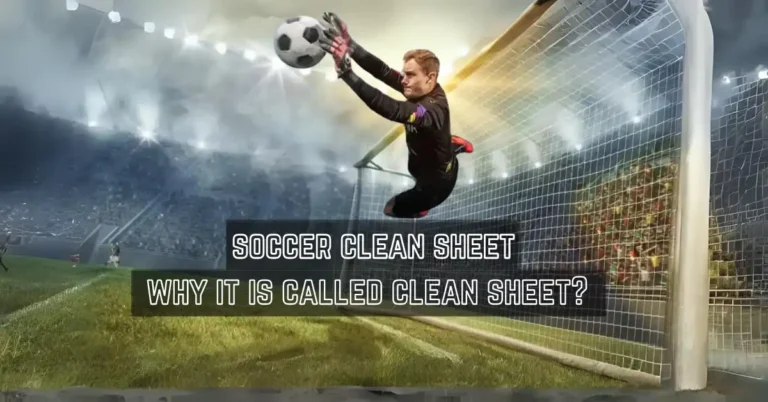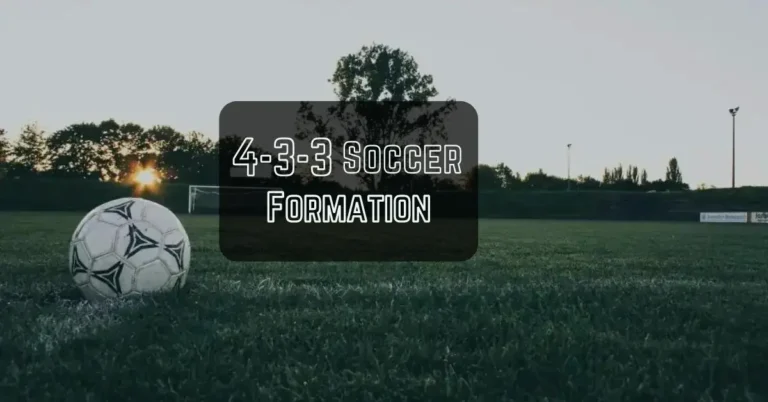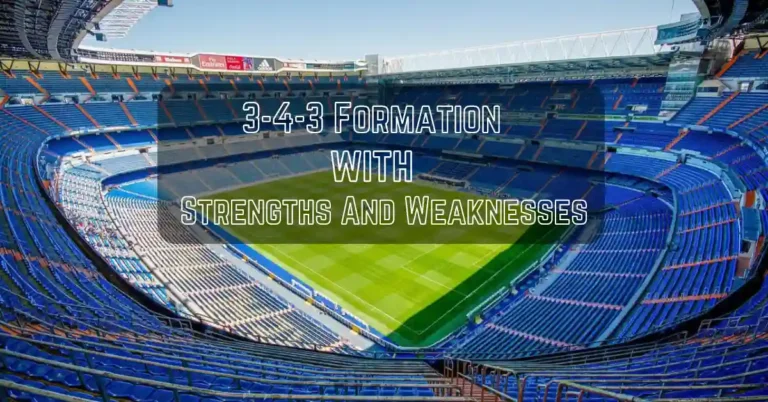Futsal Vs Indoor Soccer – All Differences And Similarities
Understanding the differences between futsal vs indoor soccer is crucial for players and fans alike. These two variations of the beautiful game offer unique experiences, each with its own set of rules and nuances.
If you’re a soccer player, you might have come across the terms “futsal” and “indoor soccer.” While these two sports share similarities, they have distinct characteristics that cater to different preferences and playing styles.
| Feature | Futsal | Indoor Soccer |
| Location | May Be Indoor Or Outdoor | PLayed Indoor |
| Ball Size | Smaller Than A Professional Ball | Same As Professional Ball |
| Ball Weight | lighter Than A Professional Ball | Same As Professional Ball |
| Surface of Field | Hard Court (wood or tile) | Turf or artificial grass |
| Time | Shorter (20 minutes half) | Longer Than Futsal Game |
| Players | 5 Players Per Team | Varies But Often More |
| Subsitutions | Unlimited | Limited |
Differences Between Futsal Vs Indoor Soccer
There are many differences between Futsal & indoor soccer. Here is a brief description of all the differences between futsal and indoor soccer.
Location of the game in Futsal Vs Indoor Soccer
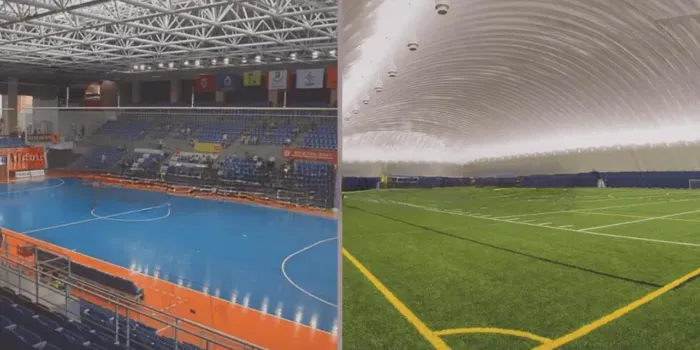
Futsal
Futsal games are mostly played on indoor grounds but can be played on outdoor grounds. The players can choose the location by themselves.
Indoor Soccer
Indoor soccer is played on indoor grounds. The grounds of indoor soccer can be greater than futsal ground but these grounds are covered with walls and roofs.
Ball Size in Futsal Vs Indoor Soccer

Futsal
Futsal uses a smaller ball (Size 4) compared to outdoor soccer. The reduced size enhances ball control and promotes intricate, skillful play. Players must master close ball control and quick passes due to the smaller dimensions of the ball.
Indoor Soccer
Indoor soccer employs a standard soccer ball (Size 5), the same size used in outdoor soccer. This choice allows for a familiar feel and gameplay, but it lacks the precision and control emphasized in futsal.
Ball Weight in Futsal Vs Indoor Soccer
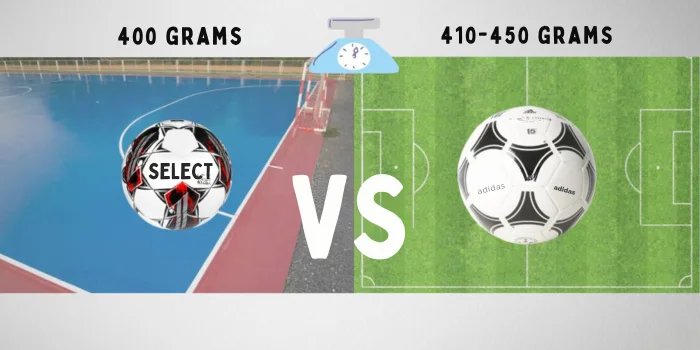
Futsal
The futsal ball is lighter than a standard soccer ball. This lighter weight facilitates quicker ball movement and encourages a faster-paced, dynamic game. Players must adapt their playing style to the reduced weight for precise ball control.
Indoor Soccer
The standard weight of the soccer ball is used in indoor soccer. While still promoting agility and speed, the weight is not as conducive to the close ball control emphasized in futsal.
See Also Soccer Drills For Kids
The surface of the Ground in Futsal vs indoor Soccer

Futsal
Futsal is played on a hard court surface, which can be made of materials like wood or synthetic materials. The hard surface contributes to the quick pace of the game, as the ball moves rapidly across the court, and players must be agile to navigate the surface.
Indoor Soccer
Indoor soccer can be played on various surfaces, including turf or hard court. The surface type may affect ball bounce and player movement, influencing the overall dynamics of the game.
Time of Game in Futsal Vs Indoor Soccer
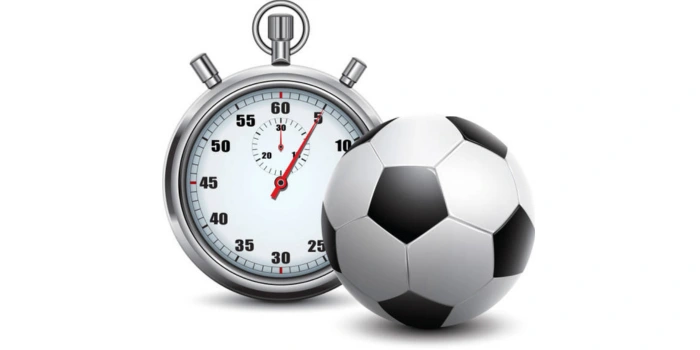
Futsal
Futsal games are typically shorter, consisting of two halves of 20 minutes each. The condensed game duration intensifies the pace, requiring teams to act swiftly in both offensive and defensive situations.
Indoor Soccer
Game durations in indoor soccer can vary but are generally longer than futsal. The extended playing time allows for different strategic considerations and may impact player stamina.
Players at a Time in Futsal Vs Indoor Soccer
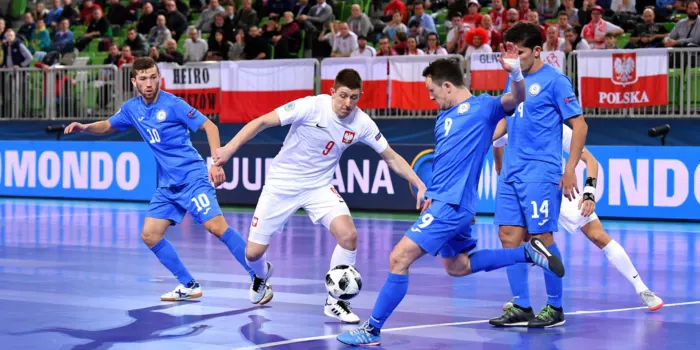
Futsal
Futsal teams consist of five players on the court at a time, including the goalkeeper. The smaller team size emphasizes teamwork, and each player has a significant role in both offensive and defensive plays.
Indoor Soccer
Team sizes in indoor soccer can vary, but they often have more players on the field than futsal. The larger team size can lead to different tactical approaches and formations.
Intensity of Game in Futsal Vs Indoor Soccer

Futsal
Futsal is known for its high intensity, with rapid transitions between offense and defense. The small playing area and quick pace demand constant alertness and decision-making from players.
Indoor Soccer
While also fast-paced, the intensity of indoor soccer may vary based on factors such as team size and playing area. The enclosed space still contributes to a dynamic game but with potential differences in the level of urgency.
FIFA Regulation in Futsal Vs Indoor Soccer

Futsal
Futsal is governed by specific FIFA regulations designed for the nuances of the game. These regulations cover aspects such as court dimensions, ball specifications, and rules unique to futsal.
Indoor Soccer
Indoor soccer may or may not strictly adhere to FIFA regulations. Variations in rules can exist, and some leagues or organizations may have their own set of guidelines adapted to the indoor environment.
See Also Rules For Subs In Soccer
Positions in Futsal Vs Indoor Soccer
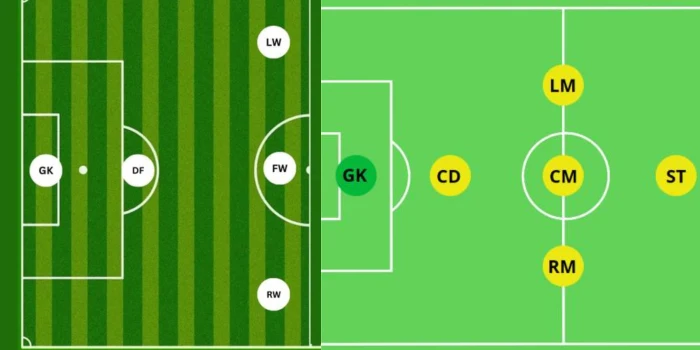
Futsal
Futsal emphasizes versatile players capable of playing various positions. While there are still distinct roles, players often need to be adaptable and contribute to both the offensive and defensive phases of the game.
Indoor Soccer
Positional play in indoor soccer is more flexible compared to traditional soccer. While there are still positions, the smaller team size and playing area can lead to more fluid roles, and players may need to switch between attacking and defending.
Rules in Futsal Vs Indoor Soccer

Futsal
Futsal has its own set of rules tailored to the nature of the game. These rules focus on promoting skillful play, quick decision-making, and close ball control. Regulations may include specifics about fouls, free kicks, and game restarts unique to futsal.
Indoor Soccer
Rules in indoor soccer can vary. While some adaptations from traditional soccer rules may exist, the specific regulations may depend on the league or organization overseeing the competition.
Required Skills in Futsal Vs Indoor Soccer

Futsal
Futsal places a premium on close ball control, quick passes, and individual creativity. Players need to be adept at dribbling in tight spaces, making split-second decisions, and executing precise movements with the smaller, lighter ball.
Indoor Soccer
Indoor soccer requires a mix of technical skills, speed, and adaptability to the indoor environment. While some skills may overlap with outdoor soccer, players must also adjust to the nuances of playing in an enclosed space and potentially on a different surface.
Number of Substitutions in Futsal Vs Indoor Soccer
Futsal
Typically, futsal allows for unlimited “flying substitutions.” Players can enter and exit the field during stoppages in play, facilitating quick rotations and strategic changes.
Indoor Soccer
The number of substitutions in indoor soccer may vary. Some leagues or competitions adhere to similar flying substitution rules as futsal, while others may impose limits on the number of substitutions or specific stoppages for substitutions.
See Also Is Soccer Better Than Football?
Similarities of Futsal and Indoor Soccer
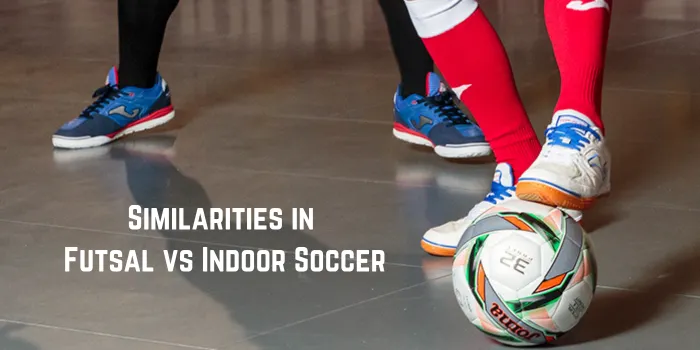
There are many differences between futsal and indoor soccer, but there are some similarities between these two styles of playing soccer.
Team Structure
Both sports involve two teams competing against each other, with the primary objective of scoring goals. The team structure, including positions like forwards, midfielders, defenders, and goalkeepers, is generally similar to traditional soccer.
Goalkeeping
Both sports feature a goalkeeper whose primary responsibility is to prevent the opposing team from scoring. Goalkeepers have specific rules and regulations unique to the indoor format, but their role in defending the goal is a shared similarity.
Use of Boards or Walls
In some indoor soccer facilities, as well as in futsal, the playing area may be enclosed by boards or walls. These structures can come into play as players use them strategically to bounce the ball or shield it from opponents.
Skill Emphasis
Both sports place a strong emphasis on individual skills such as ball control, dribbling, passing, and shooting. The enclosed playing space demands quick decision-making and technical proficiency from players in both futsal and indoor soccer.
Game Officials
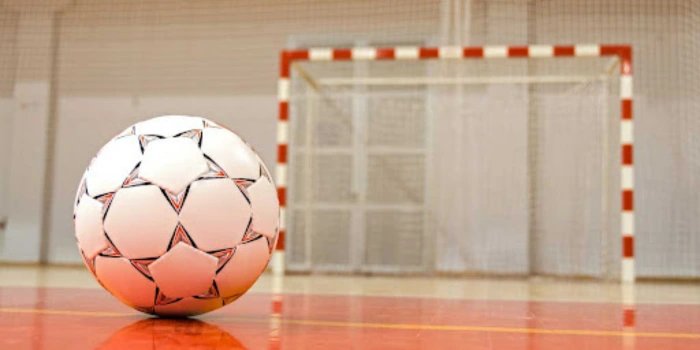
Both sports are officiated by referees who enforce the rules of the game. Referees play a crucial role in ensuring fair play, penalizing infractions, and maintaining order on the field.
Strategic Team Play
Both sports require strategic team play, including coordinated attacks, defensive organization, and effective communication among players. Tactical considerations such as formations and set plays are integral to success in both futsal and indoor soccer.
Stoppage-based Substitutions
Both sports generally allow substitutions to occur during stoppages in play. This provides teams with opportunities to make tactical adjustments and maintain player physical fitness throughout the game.
FAQs
The preference between indoor soccer and futsal depends on individual preferences and the desired style of play, with futsal emphasizing quick, skillful play on a smaller court.
Indoor football is not the same as futsal; futsal is a specific form of indoor soccer played on a hard court with specific rules and ball characteristics.
Indoor soccer is called futsal because “futsal” is a portmanteau of the Portuguese words “futebol” (football) and “sala” (room), reflecting its origin as a form of indoor football played in a confined space.
The differences between futsal and soccer include the smaller court size and team composition in futsal, the use of a smaller, lighter ball, and the emphasis on close ball control and quick passes in the futsal format.
Conclusion
These two variations of the beautiful game offer unique experiences, each with its own set of rules and nuances. Whether you like the dynamic, fast-paced style of indoor soccer or the intimate, skill-focused nature of futsal, both sports provide experiences that are one of a kind. Players can make educated decisions based on their preferences and objectives when they have a thorough understanding of the distinctions.

